Camptodactyly Arthropathy Coxa Vara Pericarditis Syndrome
Camptodactyly arthropathy coxa vara pericarditis syndrome. 319-year-old man with camptodactyly-arthropathy-coxa vara-pericarditis CACP syndrome. AAnteroposterior radiograph of knees shows periarticular osteopenia prominent tibial spines and interosseous cysts arrows located on medial aspect of both proximal. The camptodactylyarthropathycoxa varapericarditis syndrome CACP is an autosomal recessive condition characterized by the association of congenital or early onset camptodactyly and noninflammatory arthropathy with synovial hyperplasia.
Camptodactyly-arthropathy-coxa vara-pericarditis CACP syndrome is a rare autosomal recessive congenital disorder that includes childhood-onset camptodactyly synovial hyperplasia-related arthropathy progressive coxa vara deformity and noninflammatory pericarditis. It is a non-inflammatory arthropathy characterized by joint effusions and synovial hypertrophy. Coxa vara deformity or other dysplasia associated with progressive hip disease may develop over time.
Tibial metaphyses larger on right. A locus responsible for. The first sign of CACP often noted at birth or within the first few months of life is flexion contracture of one or more finger joints which is termed.
Camptodactyly-arthropathy-coxa-vara-pericarditis CACP syndrome is an autosomal recessive disorder caused by mutations in PRG4 gene that encodes for proteoglycan 4 the main lubricant for joints and tendon surfaces. CACP syndrome can be diagnosed at birth or during early childhood. It is likely that this association is being under-recognized.
Clinical pericarditis may also occur. Bones also may be affected. Some patients also manifest progressive coxa vara deformity andor non-inflammatory pericardial or pleural effusions.
The principal features of the CACP syndrome are congenital or early-onset camptodactyly and childhood-onset noninflammatory arthropathy. The camptodactyly-arthropathy-coxa vara-pericarditis CACP syndrome is a rare congenital autosomal recessive disorder caused by mutations in the PRG4 gene. Individuals with CACP have normal appearing joints at birth but with advancing age develop joint failure non-inflammatory synoviocyte hyperplasia and subintimal fibrosis of the synovial capsule.
We report a new case in which the skeletal abnormalities were subtle. C1859690 A rare genetic rheumatologic disease with characteristics of congenital or early-onset camptodactyly and symmetrical polyarticular non-inflammatory large joint arthropathy with synovial hyperplasia as well as progressive coxa vara deformity and occasionally non-inflammatory pericarditis.
A seven-year-old male patient had a diagnosis of CACP.
The locus for autosomal recessive camptodactyly-arthropathy-coxa vara-pericarditis syndrome maps to chromosome 1q25-q31 where the PRG4 gene is located. Camptodactyly-arthropathy-coxa vara-pericarditis syndrome Concept Id. The syndrome encompassing the combination of pericarditis arthritis and camptodactyly is a rarely described cause of pericardial constriction in children. A seven-year-old male patient had a diagnosis of CACP. The first sign of CACP often noted at birth or within the first few months of life is flexion contracture of one or more finger joints which is termed. A locus responsible for. The camptodactyly-arthropathy-coxa vara-pericarditis CACP syndrome is a rare congenital autosomal recessive disorder caused by mutations in the PRG4 gene. It is likely that this association is being under-recognized. The locus for autosomal recessive camptodactyly-arthropathy-coxa vara-pericarditis syndrome maps to chromosome 1q25-q31 where the PRG4 gene is located.
Camptodactyly-arthropathy-coxa vara-pericarditis syndrome CACP is an autosomal recessive disorder that mostly affects joints and tendons but can also affect the pericardium and pleura which are the surfaces that surround the heart and lungs respectively. The locus for autosomal recessive camptodactyly-arthropathy-coxa vara-pericarditis syndrome maps to chromosome 1q25-q31 where the PRG4 gene is located. Symptoms may include enlarged bone marrow cavities thinned cortical bone or a distortion of the hip bone called coxa vara. Camptodactyly-arthropathy-coxa-vara-pericarditis CACP syndrome is an autosomal recessive condition that mostly affects joints and tendons but can also affect the pericardium which is a surface surrounding the heart. Camptodactyly-arthropathy-coxa-vara-pericarditis CACP syndrome is an autosomal recessive disorder caused by mutations in PRG4 gene that encodes for proteoglycan 4 the main lubricant for joints and tendon surfaces. The syndrome encompassing the combination of pericarditis arthritis and camptodactyly is a rarely described cause of pericardial constriction in children. CACP syndrome is characterized by early onset camptodactyly non-inflammatory arthropathy.







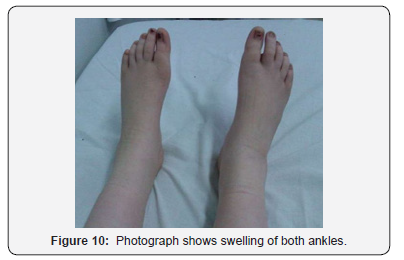
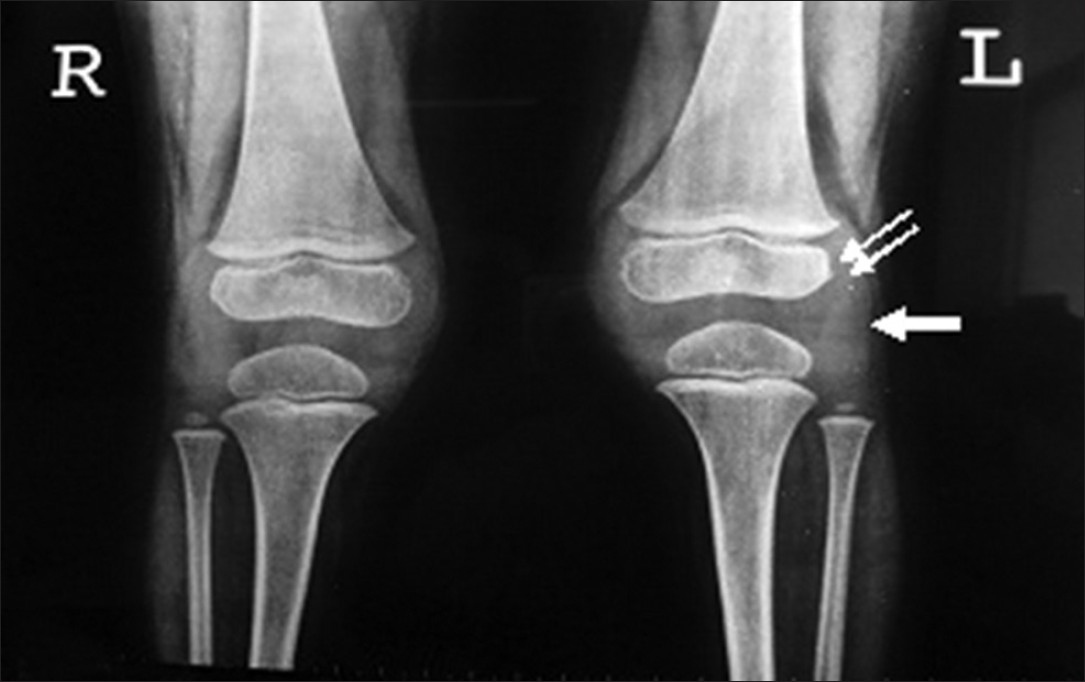



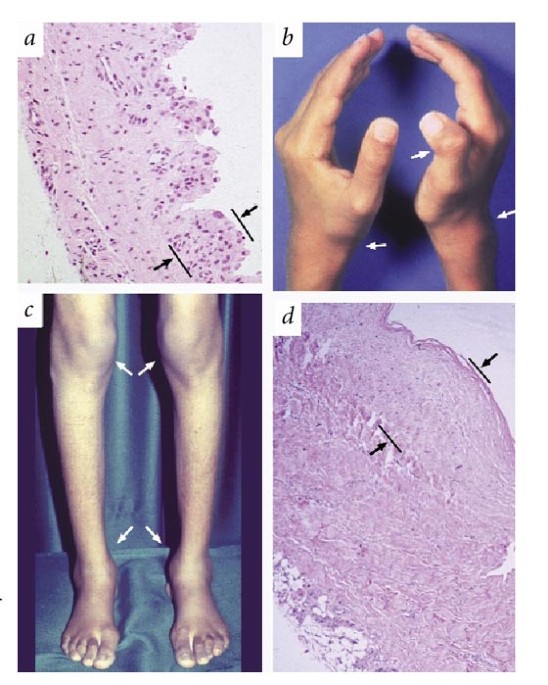


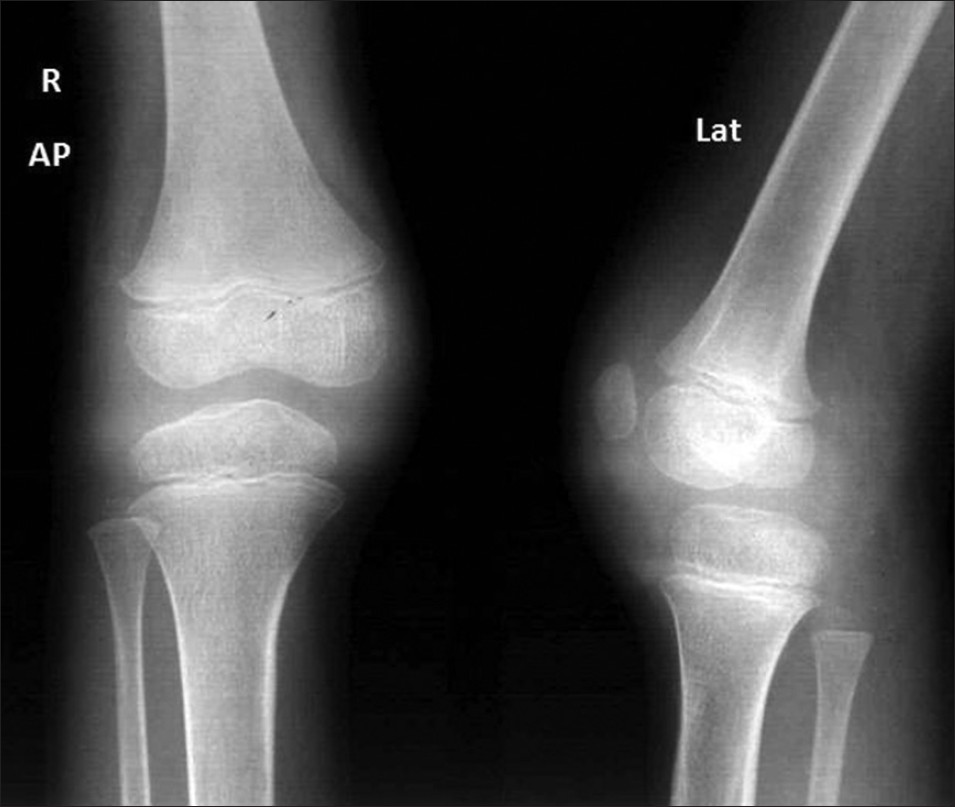
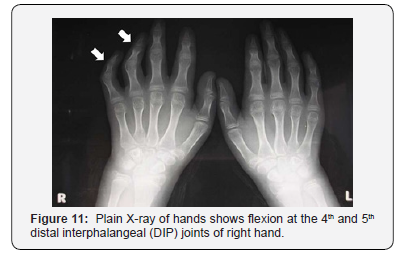


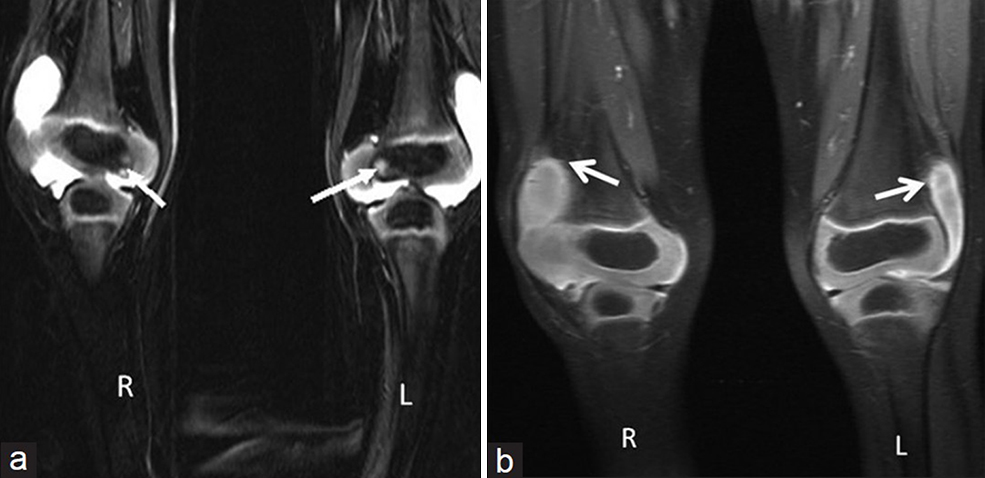
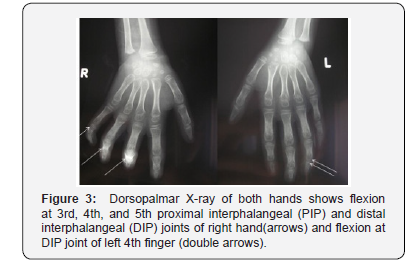


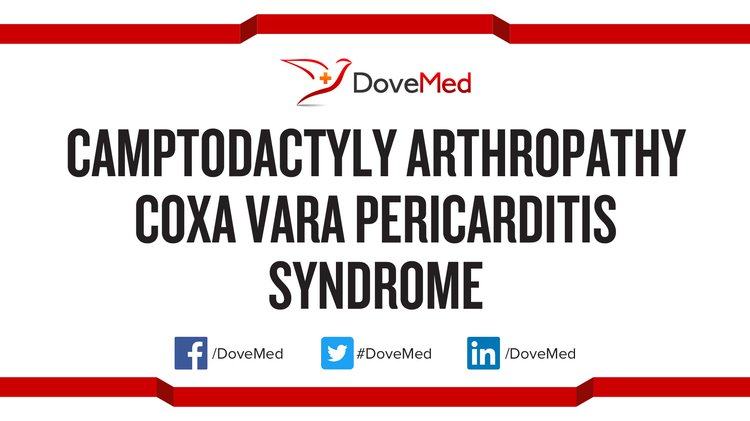


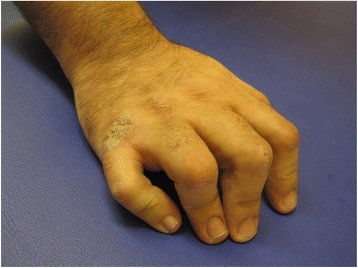
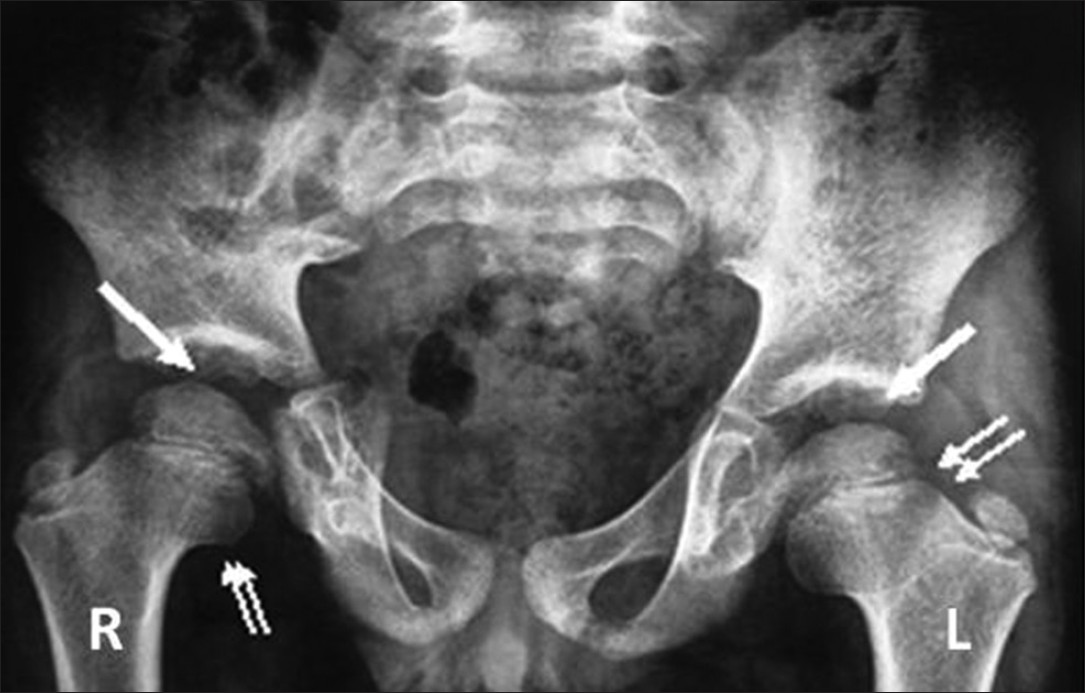
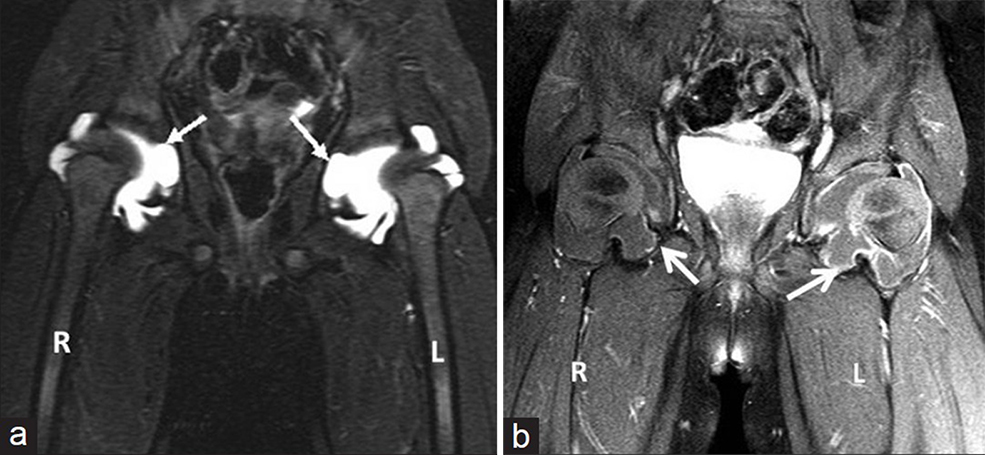




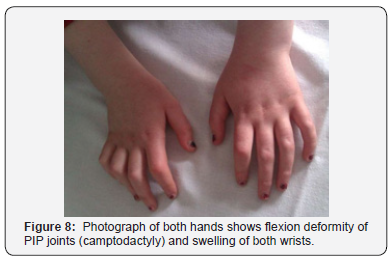



Post a Comment for "Camptodactyly Arthropathy Coxa Vara Pericarditis Syndrome"